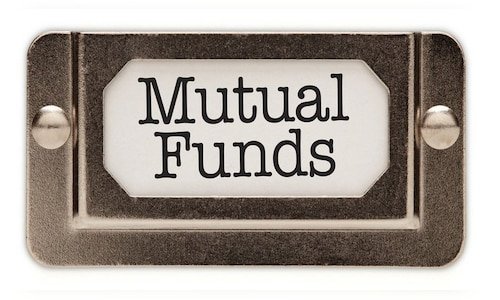For investors seeking growth without excessive risk or stability with a touch of upside, hybrid funds are a smart choice. As part of Nivesh ka Sahi Kadam, let’s explore what hybrid mutual funds are, why and how to invest, their taxation, and how they help you make informed decisions.
What are Hybrid Mutual Funds?
Hybrid mutual funds invest in a mix of equities (stocks) and debt instruments (bonds, fixed-income securities), sometimes including gold. The equity component drives growth, capitalizing on market upswings, while the debt component provides stability, cushioning against volatility. This blend reduces risk compared to pure equity funds and offers better returns than pure debt funds, making hybrid funds versatile for various financial goals, from buying a home to planning retirement.
Types of Hybrid Mutual Funds
1. Equity-Oriented Hybrid Funds: These funds invest predominantly in equities (65% or more), with the remainder in debt or other assets. They are ideal for investors seeking growth with moderate risk (e.g., Aggressive Hybrid Funds).
2. Debt-Oriented Hybrid Funds: These allocate a larger portion to debt instruments (60%–80%) and a smaller portion to equities. They focus on stability and regular income with limited growth potential (e.g., Conservative Hybrid Funds).
3. Balanced Hybrid Funds: These maintain a near-equal allocation between equities and debt (40%–60% in each), offering a middle ground for investors seeking both growth and stability.
4. Dynamic Asset Allocation Funds: These funds flexibly adjust their equity-debt mix based on market conditions, aiming to capitalize on opportunities while managing risk (e.g., Balanced Advantage Funds).
5. Multi-Asset Allocation Funds: These invest across multiple asset classes, including equities, debt, and gold, to enhance diversification and reduce volatility.
Why Invest in Hybrid Mutual Funds?
Hybrid funds are ideal for investors seeking:
● Balanced Risk and Reward: The equity-debt mix mitigates market volatility while offering growth potential.
● Diversification: Exposure to multiple asset classes reduces the impact of a single asset’s poor performance.
● Goal-Oriented Investing: Whether for short-term needs or long-term wealth, hybrid funds align with diverse objectives.
● Convenience: A single fund eliminates the need to manage separate equity and debt investments.
How to Invest in Hybrid Mutual Funds
● Define Your Goals: Choose equity-oriented funds for long-term wealth creation or debt-oriented funds for income and stability.
● Assess Risk Appetite: Aggressive hybrid funds suit moderate-to-high risk takers, while conservative funds are better for risk-averse investors.
● Check Fund Performance: Review the fund’s consistency, risk-adjusted returns (e.g., Information Ratio), and expense ratio to ensure value for money.
● Consult an Advisor: A financial advisor can help match a hybrid fund to your portfolio, ensuring it complements your overall strategy.
● Stay Informed: Platforms like Mutual Funds Sahi Hai provide resources to understand fund characteristics and make informed choices.
Taxation Rules
1. Equity-Oriented Hybrid Funds (65%+ equity):
● Short-Term Capital Gains (STCG): Gains from units sold within 1 year are taxed at 15%.
● Long-Term Capital Gains (LTCG): Gains above ₹1 lakh from units held over 1 year are taxed at 10%.
2. Debt-Oriented Hybrid Funds (60%+ debt):
Gains are taxed as per the investor’s income tax slab, regardless of holding period.
3. Dividends: Taxed as per the investor’s slab rate, with TDS applicable above ₹5,000 annually.
Conclusion
Hybrid mutual funds offer a balanced, diversified approach to investing, blending growth and stability to suit varied financial goals. By understanding their types, taxation, and investment process, you can make choices that align with your aspirations. At Mutual Funds Sahi Hai, we empower you to build a secure financial future. With Nivesh ka Sahi Kadam, embrace hybrid funds and take confident steps toward wealth creation.
Disclaimer: Mutual fund investments are subject to market risks. Please read all scheme-related documents carefully before investing.

